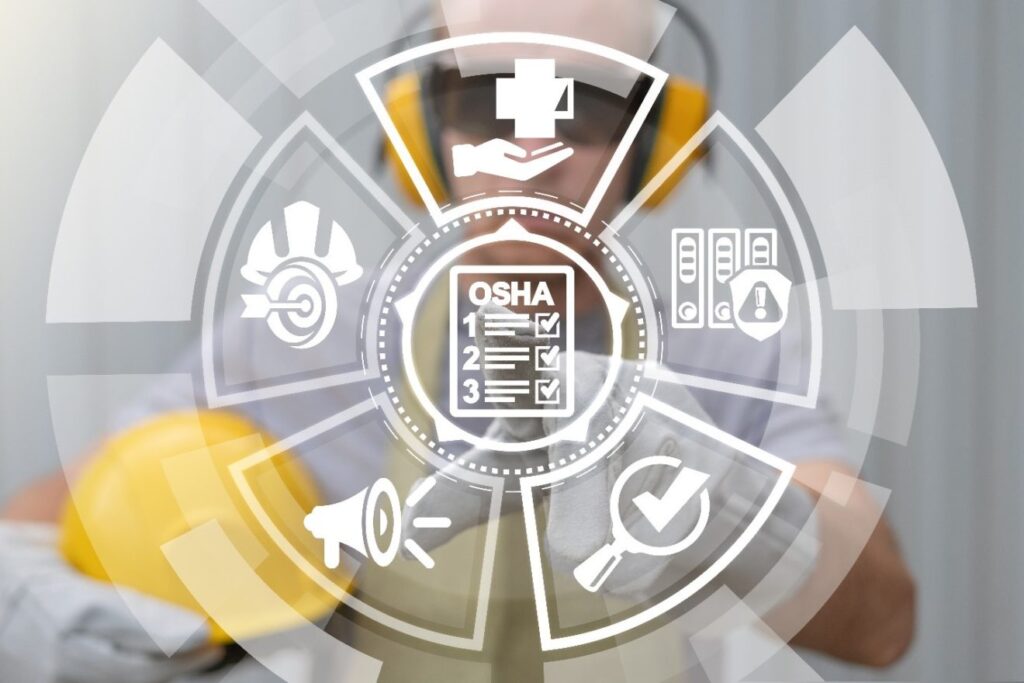Practical Tips on How Employers Can Meet Their Joint Health and Safety Committee Obligations
In Ontario, employers must abide by the Occupational Health and Safety Act (OHSA) to ensure the safety of their workplace and workers. One legal requirement under OHSA that we often get questions about is an employer’s obligations around the Joint Health and Safety Committees (JHSC). Here are some practical tips for employers to meet these obligations.

How to build your Joint Health and Safety Committee?
The number of employees your workplace has will determine the size of your committee. For this blog, we will focus on workplaces that are over 20 employees but under 50 employees, indicating that your JHSC needs to be made up of two members. One worker member and one management member. The worker member must be selected by their fellow workers and is typically someone who is a good role model and has shown an interest in the health and safety of the workplace. The management member must be selected by the employer and should have similar interests. At least one of the members from each category must be certified, meaning they have completed mandatory certification training. The names and work locations of the members must also be posted at your workplace.
How Do JHSC Members Get Certified?
Certifications are approved by the Chief Prevention Officer and for a JHSC member to be certified, they must complete all parts of an approved training program. Here is a list of all Chief Prevention Officer-approved training providers. Certifications are valid for 3 years after the completion of an approved JHSC Part Two training program. Employers are also required to keep proof of their workers’ JHSC certifications.
How Often Should Meetings Occur and What Should be Covered?
JHSC members are required to meet at least every three months. It’s recommended that an employer preemptively schedule recurring JHSC meetings throughout the year to ensure this requirement is being met.
Each meeting should have an agenda of topics to be covered and include the date, time, location, and which members are present. Topics to be covered in meetings are any outstanding issues from previous meetings including any responses from management to those issues, incident summaries, monthly reports from worker members, updates on inspections of the workplace, any policy or program updates, and any new items. Essentially these meetings are to discuss and conduct workplace inspections to ensure all health and safety goals are being met.
What Can a Joint Health and Safety Committee Expect from Their Employer?
Generally, the obligation is on the employer to assist and cooperate with JHSCs in the performance of their functions.
Some specific functions include:
- upon the request of the health and safety members, provide information regarding the identification of potential or existing hazards involving materials, processes or equipment;
- provide the health and safety members with a copy of all orders or reports issued to the employer by an inspector of the Ministry of Labour, Training and Skills Development;
- provide health and safety members with the opportunity to accompany a Ministry of Labour, Training and Skills Development inspector on the physical inspection of the workplace;
- provide health and safety members with information and assistance the members require for inspecting the workplace;
- provide the information to the health and safety representative as required under any applicable designated substances regulation;
- advise the health and safety representative of the results of the assessment or reassessment of the risks of workplace violence, and provide them with a copy of the assessment if it is in writing; and
- provide any other specific information where prescribed.
Do you have questions about meeting your OSHA obligations? Get in touch for a consultation.






